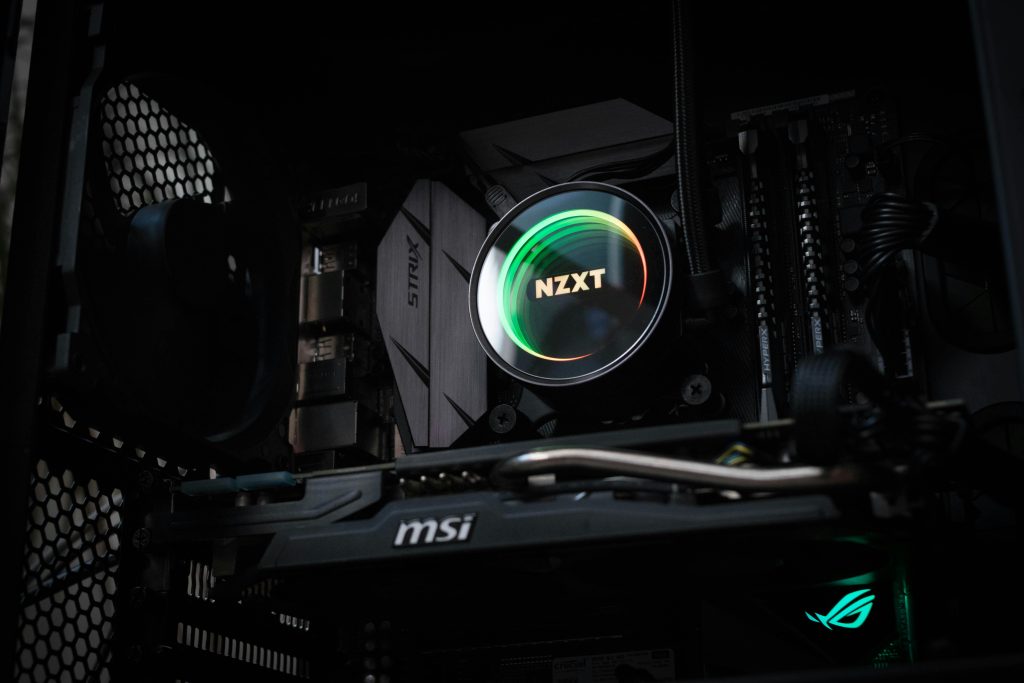Understanding Laptop Memory Limits: Dell Versus Crucial Compatibility Insights
Upgrading your laptop’s memory can significantly enhance performance, but navigating manufacturer specifications and third-party compatibility can sometimes be challenging. Recently, a user encountered conflicting information regarding the maximum supported memory for their Dell Inspiron 17 7706 2-in-1 model, highlighting the importance of thorough research before upgrading.
Dell’s Official Specifications
According to Dell’s official documentation, the maximum memory supported by the Inspiron 17 7706 2-in-1 laptop is 16GB. The specification sheet indicates support for configurations such as 2x8GB or a single 16GB module. This information is critical, as manufacturers often specify upper limits based on hardware design, BIOS limitations, or verified configurations. Users relying solely on official sources may assume that anything beyond this limit will be incompatible or unsupported.
Crucial’s Compatibility Tool Suggests More
Contrasting the official data, Crucia l’s memory compatibility tool suggests that the same Dell model could support up to 2x32GB modules, effectively doubling the official maximum. This discrepancy raises an important question: can users safely install more memory than the manufacturer’s specified limit?
Implications for Upgrading
In practice, many users have successfully upgraded their laptops beyond official specifications, especially when reputable third-party memory manufacturers like Crucial guarantee compatibility. Crucial’s compatibility database is built upon extensive testing and offers users the confidence to upgrade with compatible modules. Their recommendation of 2x32GB sticks indicates that the hardware may support higher capacities, but Dell may not have officially validated or certified such configurations.
Considerations and Recommendations
Before proceeding with an upgrade beyond official specifications, users should consider:
-
BIOS Support: Ensure the BIOS can handle higher memory modules. Some manufacturers’ BIOS versions may limit recognized memory capacity despite hardware support.
-
Warranty and Support: Upgrading beyond manufacturer specifications could affect warranty coverage or support agreements.
-
Compatibility Confirmations: Use reputable tools and verify that the memory modules are compatible with your specific laptop model.
-
Gradual Testing: Install new modules incrementally and test system stability before full deployment.
Conclusion
While official specifications provide a clear baseline, real-world compatibility can sometimes extend beyond stated limits, especially with reputable memory manufacturers like Crucial. If you’re contemplating a memory upgrade for your laptop, cross-reference official documentation, consult third-party compatibility tools, and consider expert opinions. This approach helps ensure a reliable upgrade that maximizes your device
Share this content:



